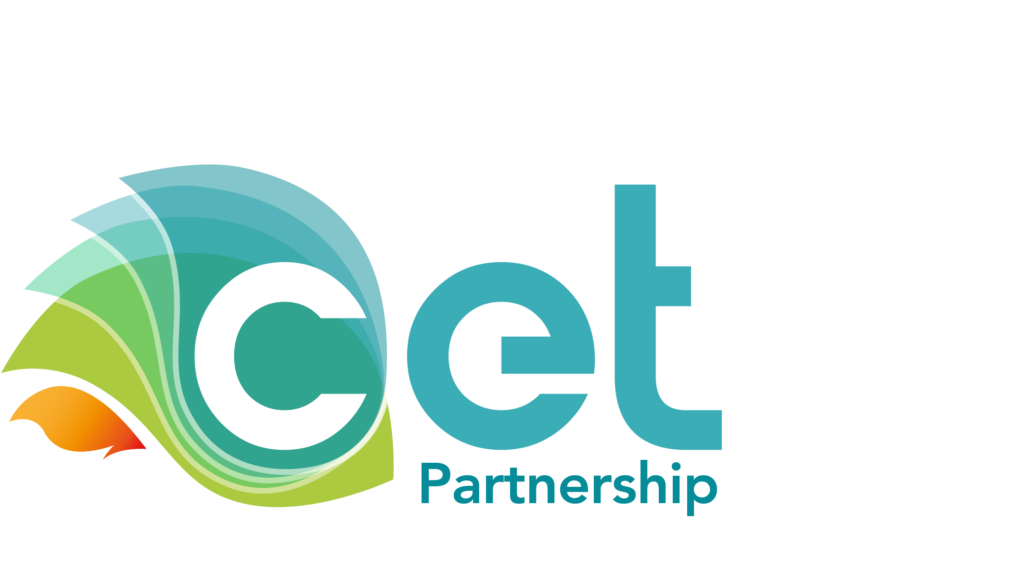
17.01.2024
The Research Council of Norway; CLIMIT will be even more important in 2024
We need to ensure that researchers are not isolated in their laboratories. Instead, they should engage in dialogue with industry. To promote good and cost-effective climate solutions,” says Aage Stangeland from the Research Council of Norway.
He adds that CLIMIT has an important role to play in ensuring that more emission sources can be linked to CCS projects such as Longship.
The start of a new year
– The climate issue is, of course, very topical. As a result, both the Research Council of Norway and Gassnova have a portfolio of interesting research and development projects. Many of these will be relevant to future large-scale CCS projects. Which supports the benefits realisation goals in Longship.
Aage also highlights the collaboration between Enova, Innovation Norway, Gassnova and the Research Council of Norway in developing industrial carbon capture through PILOT-E. The call is for projects that develop and qualify technologies and solutions. So that carbon capture can be used by 2030. – Close and good cooperation with other public funding organisations will be even more important in the future. This will ensure that government investment has the best possible overall impact. For this to happen, the technology must add value.
Read also the interview with Kari-Lise Rørvik, Head of the CLIMIT Secretariat “CLIMIT; looking back at 2023 and a peek forward”.

The eye of the needle gets narrower
A few months before the New Year, all project funds in both CLIMIT R&D and CLIMIT Demo had been allocated, which brings Aage to the cuts in the government budget in recent years. – With a few exceptions, our research and development work has received less and less funding for new projects. Of course, we must deal with this. At the same time, it inevitably means that the CLIMIT programme must be given higher priority. This means that fewer organisations receive project funding than we would have liked. We get a lot of exciting projects that we unfortunately must de-prioritise.
Aage believes it is important that CLIMIT’s contribution to CCS projects becomes increasingly clear and visible. “This is also in line with the government’s expectations of the CLIMIT programme. – Everything from the development of amine technologies and membrane capture to new concepts for monitoring CO2 storage facilities are examples of projects to which we have contributed. Much of what we are involved in are future capture technologies and new CO2 storage facilities that could be operational in a few years’ time.

International cooperation of great importance
Aage believes that we saw the results of this international orientation during the CLIMIT Summit almost a year ago, when international representatives were present both on stage and in the audience. – The success of the CLIMIT Summit is an excellent symbol of the good partnership and cooperation between Gassnova and the Research Council of Norway. This gives us important momentum for the future CLIMIT collaboration, which started back in 2005.
– I must also highlight the exciting international cooperation we are involved in, including the Clean Energy Transition Partnership (CETP). CETP’s first call for proposals resulted in 10 new projects, several of which had Norwegian partners. It will be exciting to follow these up.
The fact that Norwegian and international research centers work together and create value together is something we want to develop further. The CLIMIT secretariat is also working with the US Department of Energy (DOE), and we had a fruitful bilateral meeting last autumn. US is a very important actor in the CCS context. The deployment of this environmental technology in the US will have a significant positive impact on the global climate. The exchange of experience and knowledge between Norway and the US benefits both countries.

Good dialogue with industry will be important in 2024
– For CLIMIT’s part, we should ideally have linked several projects to the realisation of Longship’s benefits. We are totally dependent on being on the same team as industry. Without interaction with the industry, we can forget about achieving any climate targets at all. When we celebrate the New Year 2024, we should also be able to look back on an even more fruitful cooperation with CETP and other international players, in addition to the rest of the public policy instruments in this country.
– A genuine desire for cooperation between different professional environments, nationally and internationally, will be key to the progress we want to see in 2024. We at CLIMIT have been doing this for almost 20 years,” concludes Aage Stangeland.
